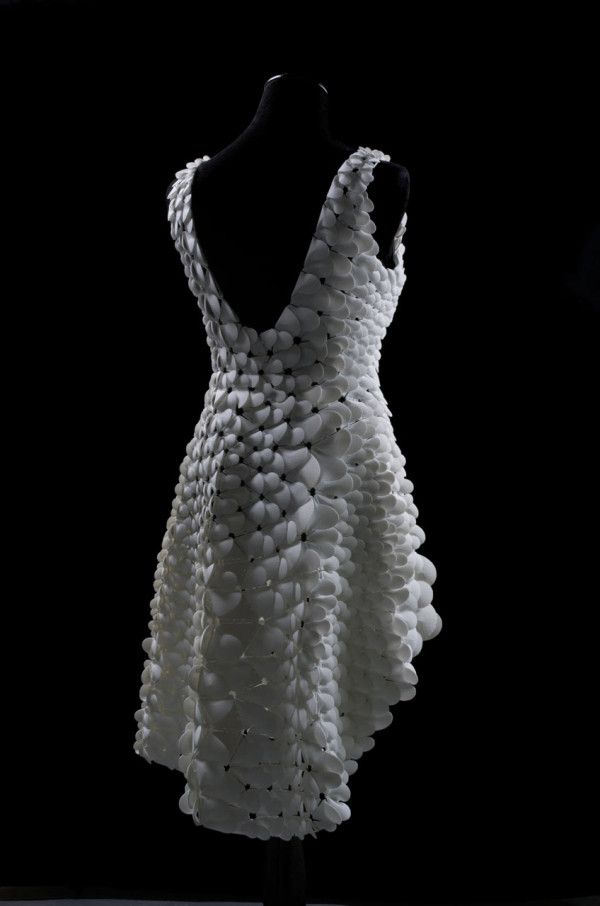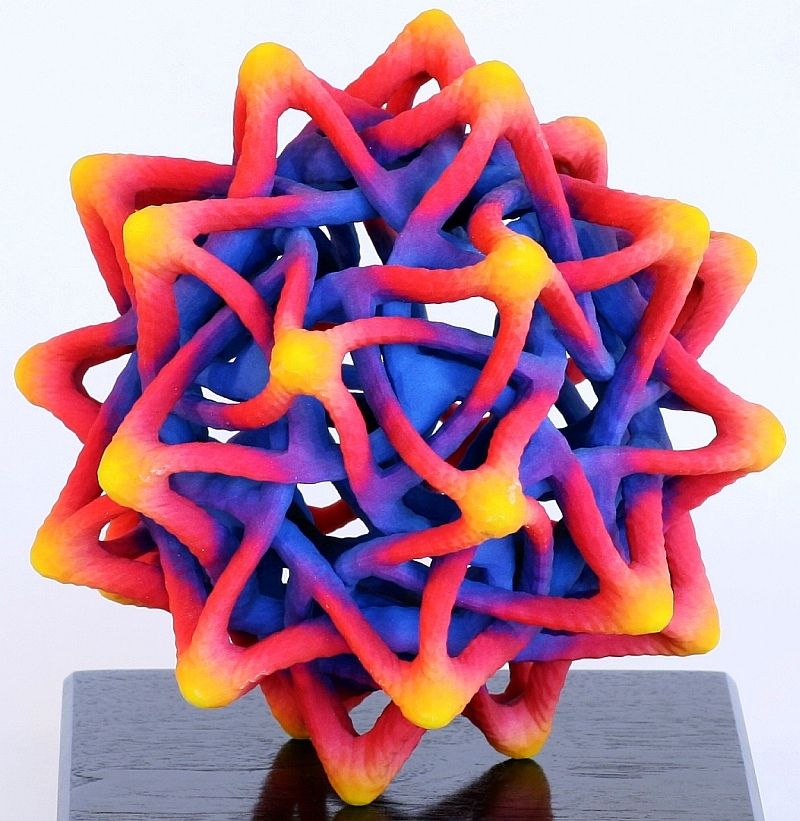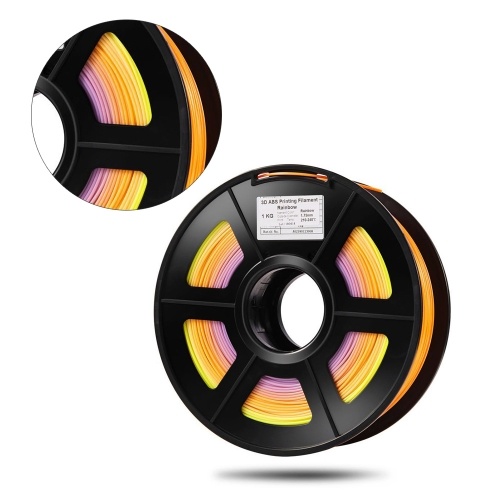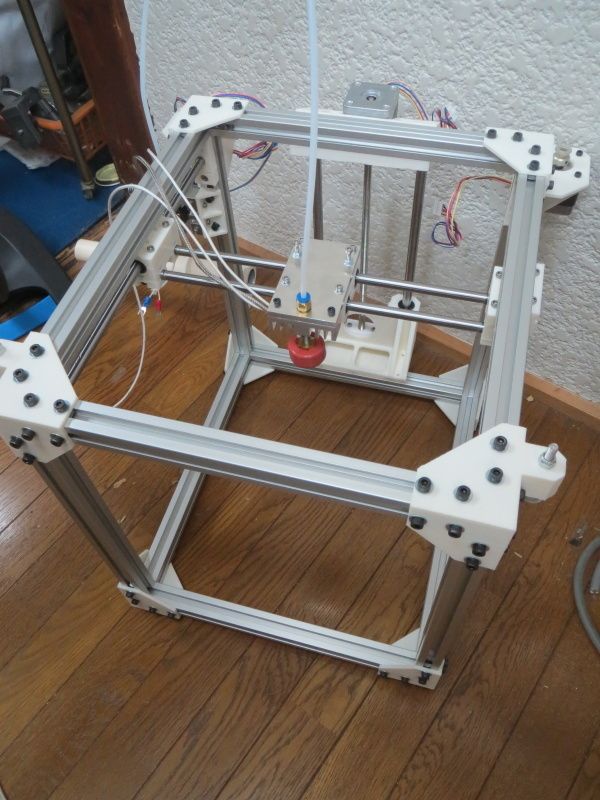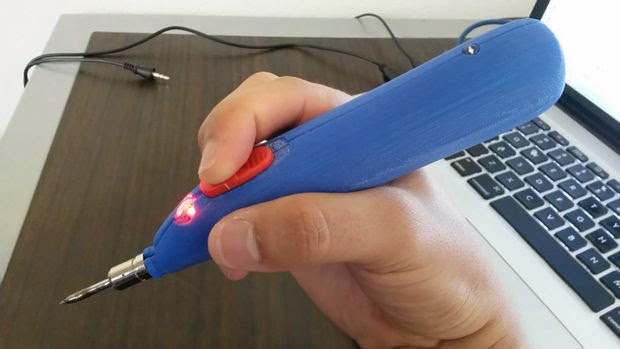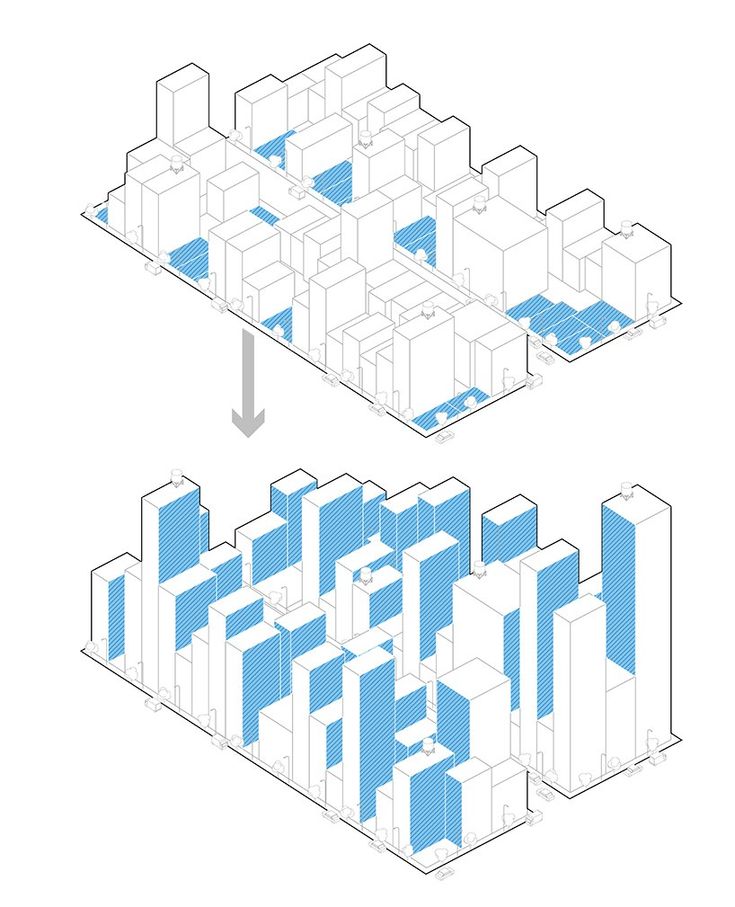3D printed dress form
How it Works! – Dittoform
The DittoForm is a durable foam dress form created from a 3D scan of your body.
Here is how the process works:
STEP 1: Schedule a free 15 minute consultation call (video or phone) with Carol to discuss options and ask questions.
*An Online Booking system will be implemented soon. In the meantime, Email Carol with your preferred date/time (Include time zone!)
STEP 2: You schedule your 3D body scan appointment: in Detroit, at one of our travel locations, at an Approved Scan Vendor or Distributor, at a Styku site or another vendor that does digital body scans (*talk to Carol BEFORE you pay for your scan with anyone that is not pre-approved). DittoForm requests a deposit towards the purchase of your DittoForm to hold your time.
Detroit and Travel Locations
Approved Scan Vendors
Styku Locations
STEP 3: You prepare for the scan.
What to Wear: The camera sees and measures every surface as if it is your body, including clothing. Think about what you want the shape of the DittoForm to be. We recommend basic foundation garments so the camera is able to capture your shape as you want to work with it. We recommend that women wear the bra and underwear garments similar to what you wear most often; considering shape, fit and pattern/shine. Lace, shiny and garments that are not close to your skin cause distortions that are challenging to edit.
In cases where you might have a bit of extra soft tissue (skin or whatever) that gets compressed with your regular clothing, consider what you want the shape to be. The foam is not hard like plastic, but it does not squish. Shapewear MAY be a good option. Please ask about this during your consultation!
For men, we suggest form-fitting briefs or boxer-briefs.
Observe how you Actually Stand as Objectively as possible: Download this handy guide for tips Getting Ready for your 3D Body Scan.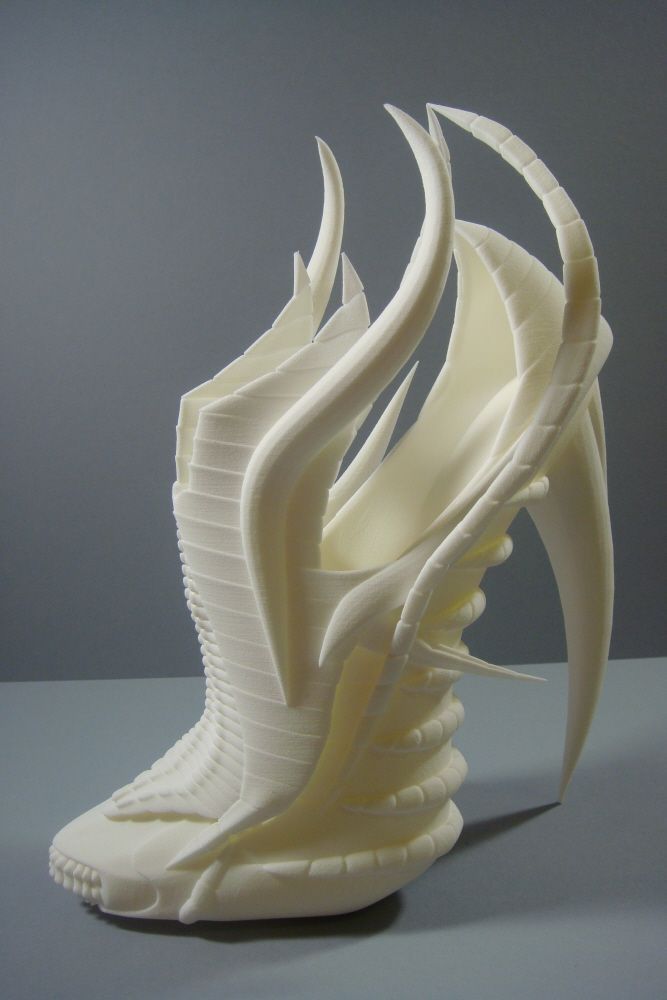
STEP 4: The Appointment: Scan time! The digital body scan will take place in a curtained booth or private room.
DittoForm performed scans use Styku: The scanning device is a turntable that spins, slowly, for about 60 seconds. A harmless infrared depth scanner measures your body as the table turns, generating a 3D image of you.
Approved Scan Vendors have different systems from hand-held scan devices to systems that use multiple cameras. Please check with vendors for specific details about their system.
STEP 5: The Appointment: hand measurements for control and carving. If you are with DittoForm or an Approved Scan Vendor, we will take the control measurements needed to a) validate the digital scan measurements and b) to provide controls for the carving team as they finish underarms, overbusts, and other spots where precision is key. NOTE: The scan report will have straight horizontal lines and measurements. The hand measurements use visual landmarks.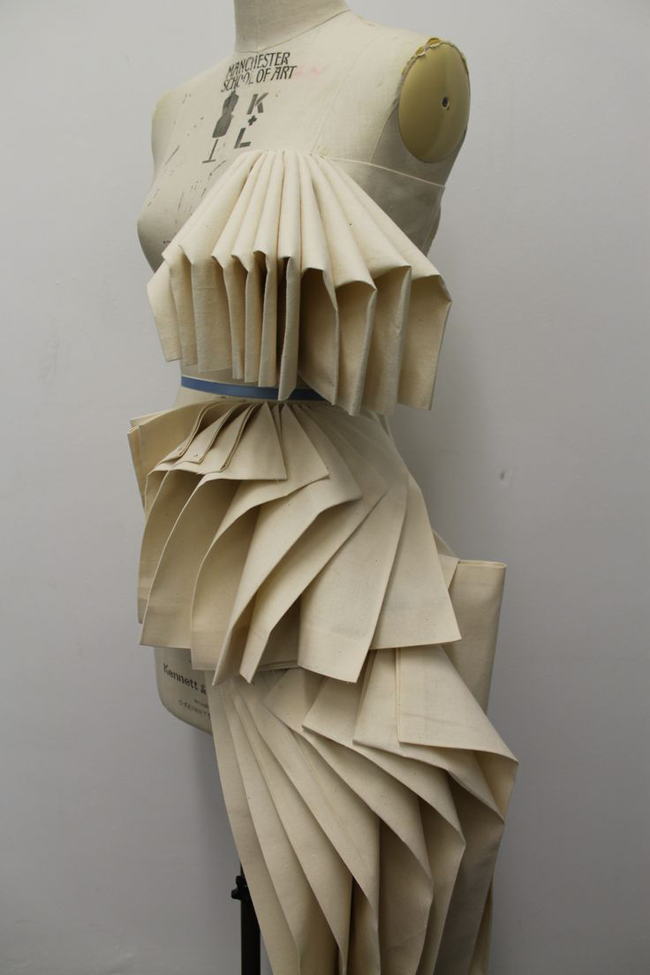 The combined result ensures the most accurate final form. NOTE: The reports generated by Styku will Not The Best to immediately start drafting patterns using the math; the reports are designed for DittoForm construction.
The combined result ensures the most accurate final form. NOTE: The reports generated by Styku will Not The Best to immediately start drafting patterns using the math; the reports are designed for DittoForm construction.
IF YOU GET A SCAN by a non-DittoForm scanner, you will schedule a Video Call with Carol OR be connected to someone in your area who understands the measurements needed for the best DittoForm construction. (A network is being developed. Please ask about opportunities to be involved as a contractor).
A note about measurements: Because the torso expands and contracts while you breathe, we typically see results from the body scan within 1/4″ – 1/2″ of the hand measurements we take with you. For measurements that change significantly as you inhale and exhale (such as the bust areas, narrowest waist, and belly) we will document an acceptable range for your body’s natural fluctuations and will ensure that the final form falls within the agreed upon range.
Note: Currently all of our scanning technicians at DittoForm and Approved Scan Vendors are female.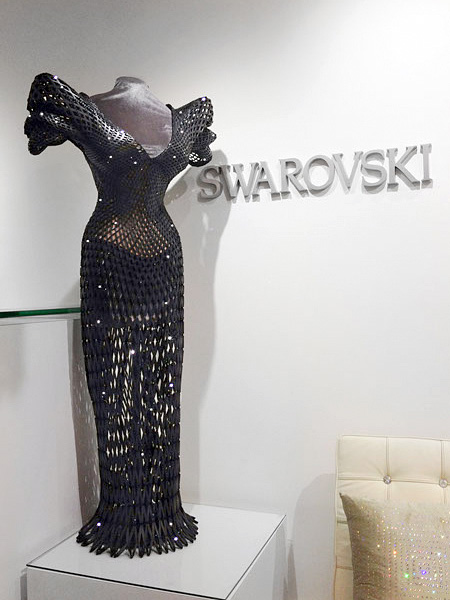
STEP 6: During the Second Consultation Call, you will view and approve the image to be Used in the Carving process. DittoForm will process your files. You will have access to your raw files on request. Your order is not official placed until you have reviewed and approved the final image – and made the next payment.
STEP 7: We send the DittoForm for manufacturing.
STEP 8: Your custom DittoForm is shipped to you and the fun begins! If you have chosen a payment plan option, your third payment is due prior to shipment. We commit to a turn-around time of no more than 8 weeks.
How much does it cost?
FAQ — Beatrice Forms
Requirements
What will I need to create my Beatrice?
- An iPhone running iOS 10.3 or later with at least 1G of free memory
- A cleared, indoor 7’x7’ space with as much light as possible
- A partner to shoot your scan
- Reliable Wifi internet connection
- An email account to facilitate our process
- Your body scan kit (included with purchase)
- Be a US or Canadian resident
- Complete a 30 minute pre-scan consult before you scan (Canadian residents, complete your consult before we ship your kit)
What iPhones are compatible with the Beatrice app?
iPhone 6 or newer.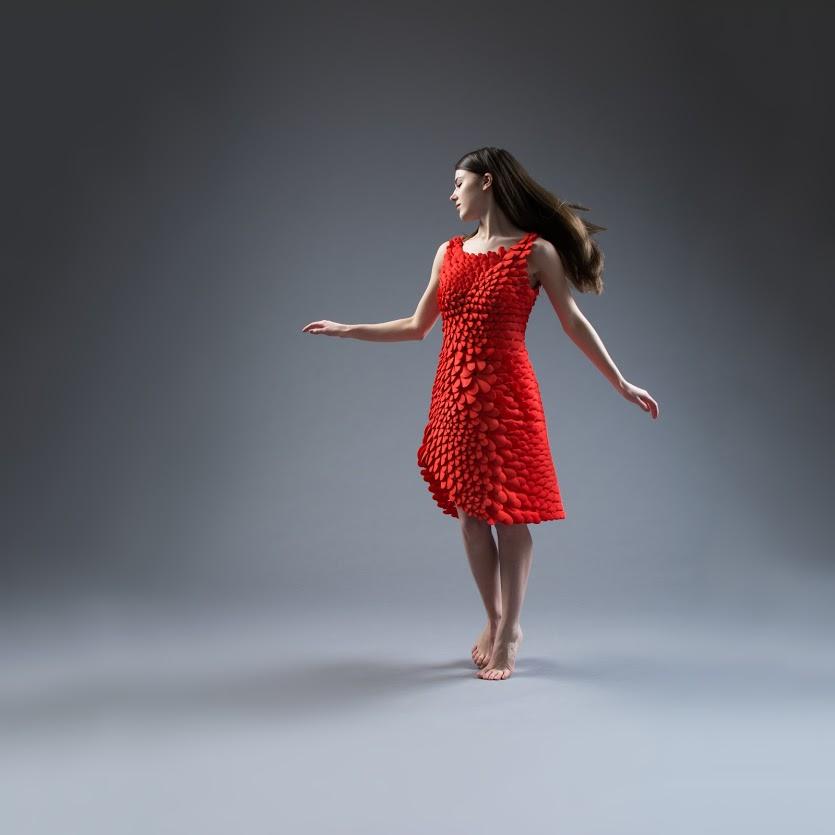
Where can I get the Beatrice app?
Download our app for free from the App Store by clicking here from your iPhone. Remember to upgrade your iPhone to the latest iOS version, or at least iOS 10.3 before installing the Beatrice app.
I don’t have an iPhone. What about Andriod?
Nathan and I are both ex-Apple engineers so an iPhone app was the fastest and easiest for us to develop. We would love to port our app to Android once we have the resources to do so. In the mean time, our clients without iPhones have been borrowing a friend’s iPhone to perform their body scans.
Our process
What are the steps to create my Beatrice?
- Confirm you meet the requirements (see above) and read our policies.
- Purchase our body scanning service.
- Receive your body scan kit in the mail.
- Get personalized coaching during our 1-on-1 pre-scan consultation
- Install the iOS Beatrice App.
- Perform your body scan with a partner within 30 days of purchasing your kit.
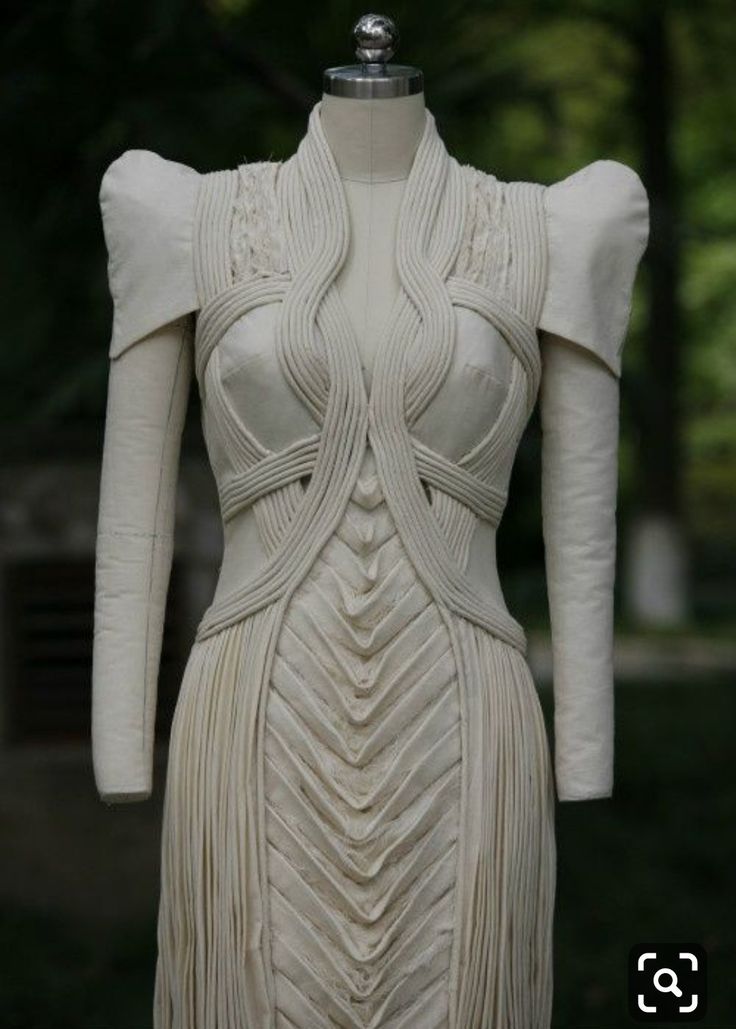
- Pay the balance to manufacture your form.
- Approve your digital 3D model using our online viewer.
- Your Beatrice is delivered to you!
What comes in my personalized body scan kit?
- A specially designed outfit (knit top and short) that supports our scanning technology
- Elastics to mark your waist and bust, and twill tape to create more bust definition
- Measuring tape
- A welcome note
How does the body scanning process work?
You will need a partner to record videos of you with the Beatrice App. What’s neat is that you can perform your scan anywhere, even at home, as long as you have a 7’x7’ clear space with some decent light. And there’s no measuring except your waist at the time of your scan (used to scale your digital model correctly). See what a scan session looks like here.
Each scan takes about 3 minutes, but we suggest you reserve 30 minutes with your partner to prepare.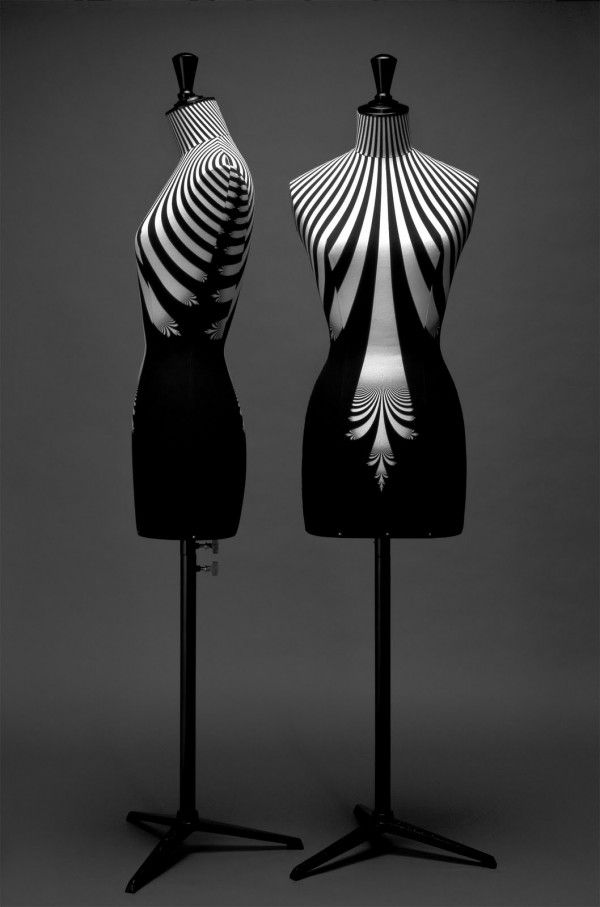 We request that you perform 2 scans in a row to ensure you get a good result. Our early testing has shown that folks get a much better result on their second scan after they have had a chance to practice one time in real life.
We request that you perform 2 scans in a row to ensure you get a good result. Our early testing has shown that folks get a much better result on their second scan after they have had a chance to practice one time in real life.
I’m worried I will make a mistake capturing my body scan. Can you help me?
To prevent mistakes, it’s essential for all clients to complete their required pre-scan consultation prior to scanning to ensure great results. While we’re absolutely confident you can perform a successful scan on your own after your consultation, we’re available to help you and your partner over video chat in the case you are having difficulty. Please contact us at [email protected] with your concerns at any time during the process.
Why do you require a pre-scan consulation?
We’ve found that our clients get the best results when they recieve some personalized coaching prior to scanning. Creating the optimal silhouette to meet your expectations is our goal and we’re able to deliver that more effectively when we fully understand your goals and specific fitting challenges.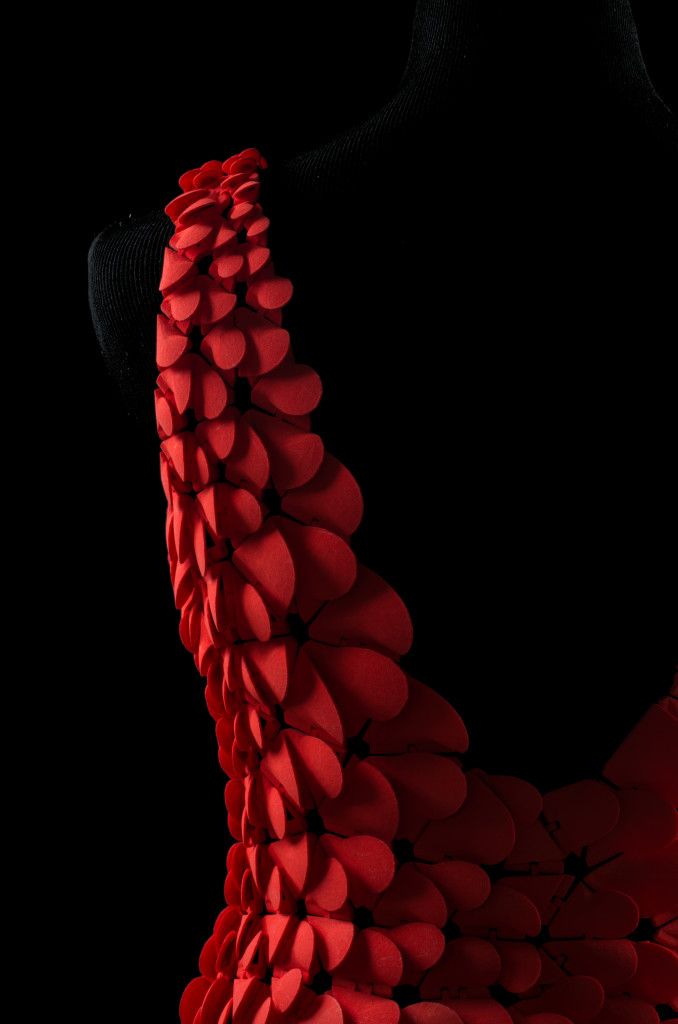 The optimal time for your consultation is before you scan to avoid unnecessary re-scans.
The optimal time for your consultation is before you scan to avoid unnecessary re-scans.
How long will it take to get my Beatrice?
Each form is individually custom-crafted and assembled by hand here in our barn workshop, so our production capabilities are very limited. Typically, it can take 10-12 weeks to ship your order from the date you pay your manufacturing balance. While we do our best to gate sales, we don’t guarantee delivery times because they are dependent on when our clients complete scans and approve models which can happen at any time outside of our control. We will keep you informed via email in case of any delays.
The first step is purchasing our $499 Body Scanning Service which includes your scan kit and access to our scanning app for 30 days. We release limited quantities for purchase through our online shop on the first of the month.
Once you’ve completed a successful set of scans, we’ll invoice you for the balance to manufacture your form.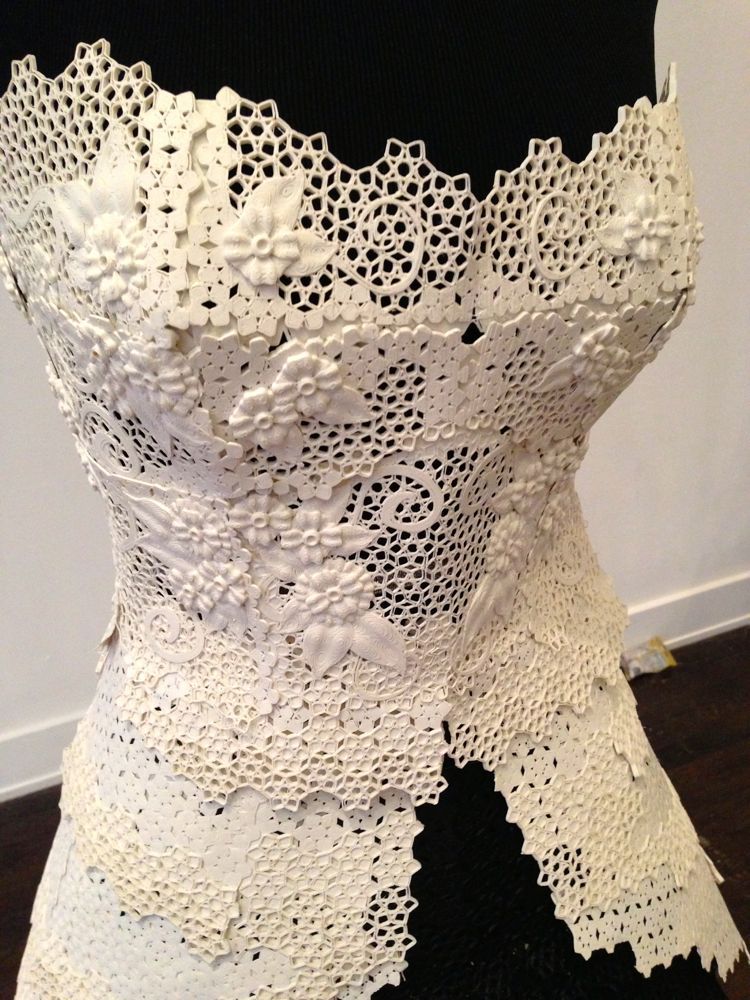 Please read more about our purchasing process here before purchasing a Beatrice Form. Depending on our current production schedule, we may be able to offer expedited delivery in less than 10 weeks for a fee to cover overtime costs (contact us for details).
Please read more about our purchasing process here before purchasing a Beatrice Form. Depending on our current production schedule, we may be able to offer expedited delivery in less than 10 weeks for a fee to cover overtime costs (contact us for details).
If I change my mind, can I get a refund?
We make a custom, handcrafted product and strive to keep our very limited in-house production pipeline full to make your forms for you as fast as we can. We’ve found over the course of running our business that in order to do that reliably, sustainably, and on time, we can only offer partial refunds for our scanning service and no refunds on manufacturing.
Also note, we’ve split our purchasing procedure into two transactions (scanning and form manufacturing) to help make it easier for everyone. Once you’ve purchased a kit, you have 30 days to scan. Please be sure to read more about our refund polices here before purchasing.
We are 100% committed to making a high quality tool that helps you create garments that you love. We are here to resolve any issues so please do not hesitate to contact us if you have any questions!
We are here to resolve any issues so please do not hesitate to contact us if you have any questions!
Our forms
What are your forms made of?
We use a polyurethane foam that is somewhat firm yet compressible - imagine a very fancy, curvy couch cushion. Unlike traditional batting-covered cardboard base forms, you can insert pins directly into the form (you do not need to insert them at an angle). Our solid foam dress forms are suitible for dress making, tailoring, draping, and designing and other standard uses but aren’t specialized for lingerie fitting.
Will my form be exactly my size and shape?
Your Beatrice Form is based on a 3D scan of your body. Your form represents your shape and proportions much, much more accurately than any standard or adjustable dress form available. We work really hard to scale your model accurately to your size at the time of your scan.
However, it is important to be aware that there are many factors that may result in small differences between your body’s current shape and your Beatrice.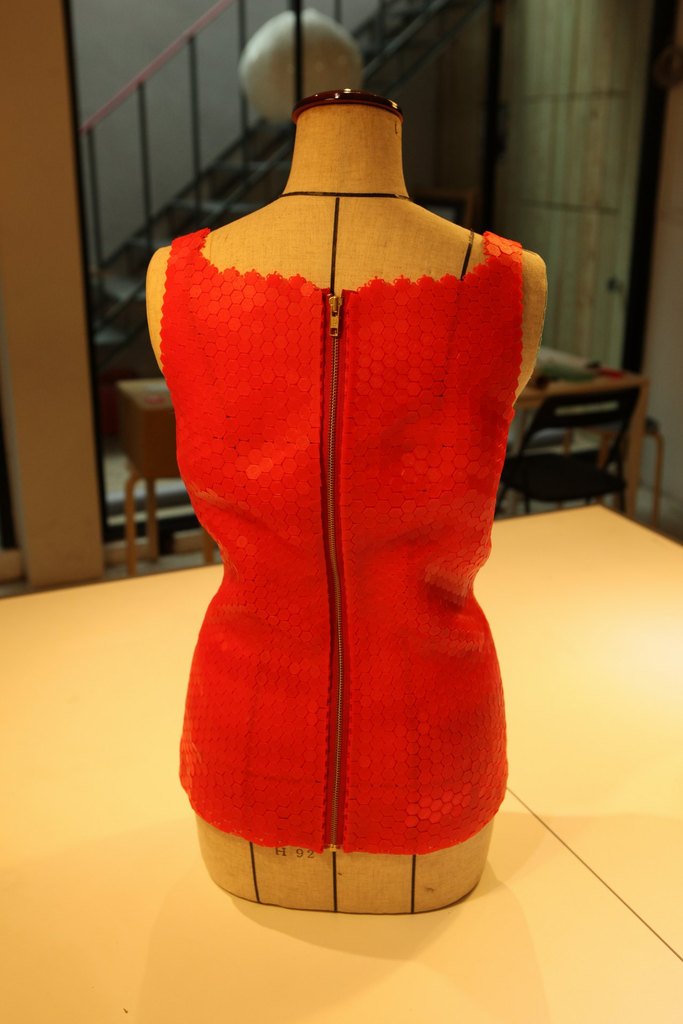 Here are a few:
Here are a few:
- Breathing. When you capture your 3 minute body scan, you will have to breathe. This adds about 1 inch to your waist and a little less to your bust measurement, but this will be well within the wearing ease of your final garment. You can easily adjust your fitting process accordingly.
- Daily body size fluctuations. You are not a fixed size, even over the course of a day. Everyone retains water, bloats, eats a little more, eats a little less each day.
- Posture. Your posture can dramatically affect your measurements and it changes from moment to moment. When you perform your scan, we recommend you stand in a natural upright posture which will be the most useful when sewing well-fitting custom garments.
- Foam isn’t the same as a human body. You are much squishier in some places than a couch cushion! You can breathe in, put some tight fitting clothes on, and the clothes can hold you in like a corset.
 Your Beatrice can’t do that unfortunately. As a result, your form may feel “a little big” even when the form’s measurements are the same as yours.
Your Beatrice can’t do that unfortunately. As a result, your form may feel “a little big” even when the form’s measurements are the same as yours.
You can learn more about working with 3D scan dress forms by watching this video.
What happens if I get a Beatrice and then gain/lose weight?
For smaller fluctuations, it’s been my personal experience that in many cases, you can adjust your fitting technique to accommodate those changes (more ease, less ease in certain areas). Our skeleton, shoulders, neck position and body alignment rarely change that quickly, all of which play big parts in fitting.
However, it is important to consider if you regularly experience large fluctuations in body shape, Beatrice may not be the best fitting tool for you, depending on how you plan on using it. Please do not hesitate to contact us at [email protected] with any of your concerns.
How do you cover your forms?
We make a custom pattern and cover for every form.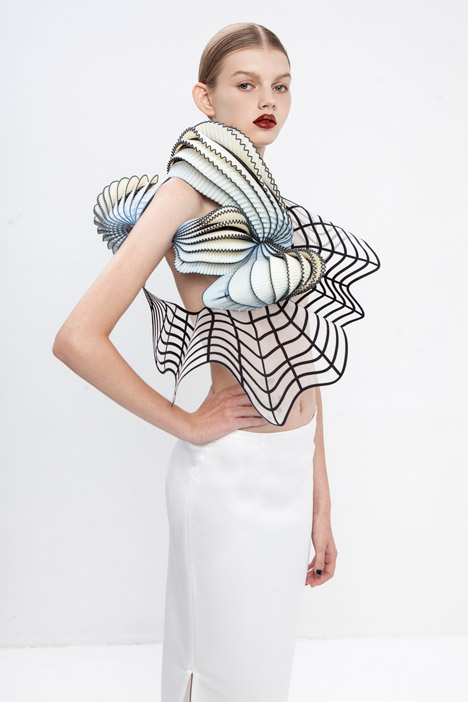 We use a thick double knit for our covers because this fabric performs well under repeated pinning. But, feel free to drape your own custom cover, knit or woven!
We use a thick double knit for our covers because this fabric performs well under repeated pinning. But, feel free to drape your own custom cover, knit or woven!
Tell me about your stands.
If you’ve ever worked with a dress form before, you know how important a working, functional stand is. When you are designing and fitting, you need ergonomic access from the top to bottom. And you don’t want to be fumbling with a tool when you’re in the moment - that’s why our stands have a working foot pedal. Just step on that bad boy and grab the handle on top to slide your form easily up and down. Also, the heavy cast iron base helps to keep your form upright and the wheels - well, everything should be on wheels in a workspace right?
Another thing that makes our 3D scan forms unique is that they’re mounted on the stand exactly like you stand. We can see the floor in your body scan so we can orient your form just like you, whether you lean forward or back, or to the side - whatever is captured in your scan.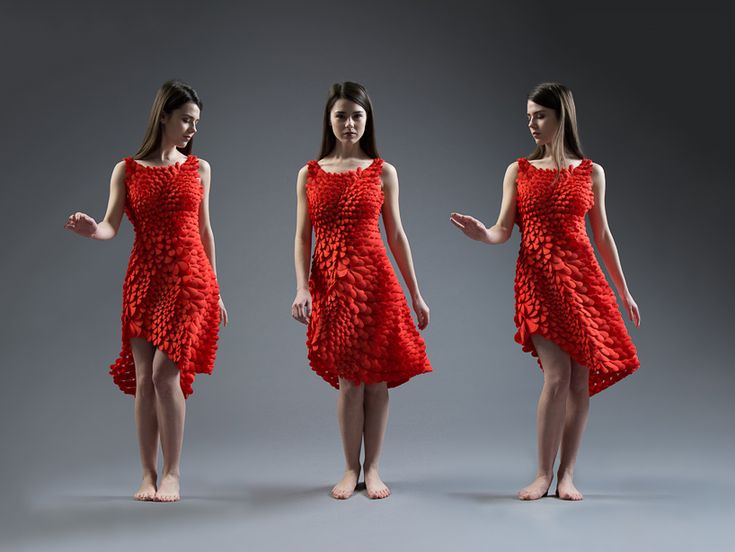 This is important during fitting and designing to make sure your garment hangs and drapes as you would like.
This is important during fitting and designing to make sure your garment hangs and drapes as you would like.
Can I use my Beatrice to steam my clothing?
Yes! Beatrice is a perfect tool to use with a steamer, far superior to a hanger. Our Early Supporters have reported great results using a steamer. Speaking of heat, never expose your form to open flame and keep it away from sources of high heat, like a space heater. Polyurethane foam is flammable!
How do you turn my 3D model into a dress form?
There’s a lot to it! Here’s a diagram that illustrates the bird’s eye view of how each Beatrice is made:
We’ve drawn on our 20+ years experience in the software biz to create a specialized processing pipeline that turns your videos into a 3D digital snapshot of your body. We carefully hand edit each digital body model to transform it into a traditional dress form bodice, staying as true as possible to your actual shape.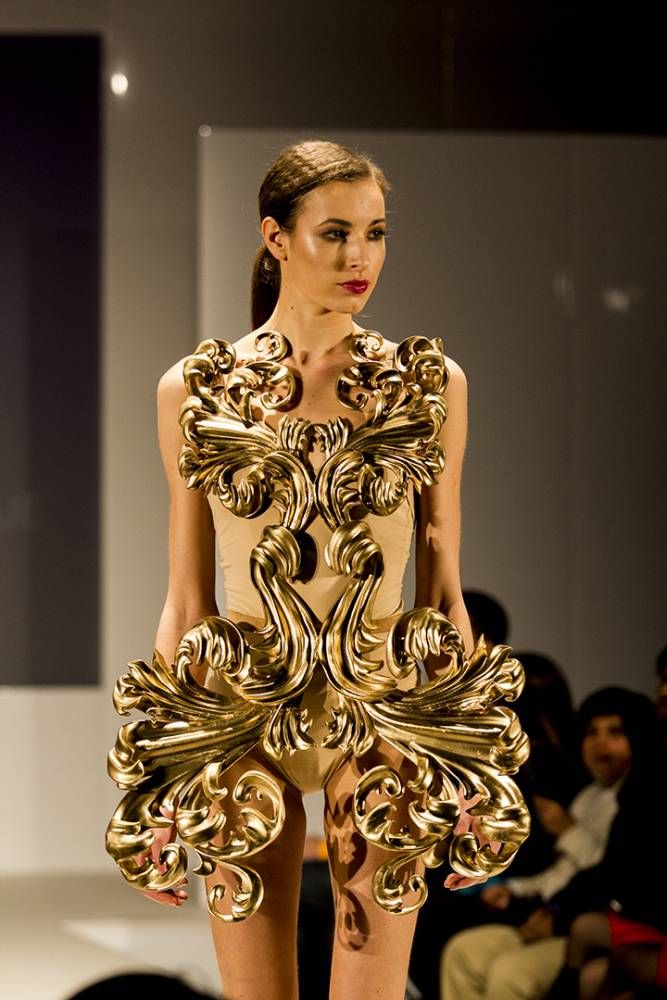
Once you’ve approved your 3D digital model online, we cut your bodice out of foam using a cutting machine called a CNC (Computer Numeric Controlled) router. Nathan designed and built our machine specifically for making custom dress forms so it‘s a one-of-a-kind too! Seriously - what isn’t custom around here?!
After the forms come out of the machine downstairs in the workshop, we bring them upstairs to be assembled and covered. We handmake each knit cover to measure for a good fit. It’s important to us that we personally prepare each form for delivery, check each stand and make sure things are just-so before they depart our workshop for your sewing room.
While dress forms are technically just a tool, ours are special because they are created in the shapes of actual real people. It follows that we employ a lot of care and respect when finishing your forms. We feel so lucky to create these beautiful sculptures of you every day!
-
If you like watching videos, check out our Beatrice 101 video series.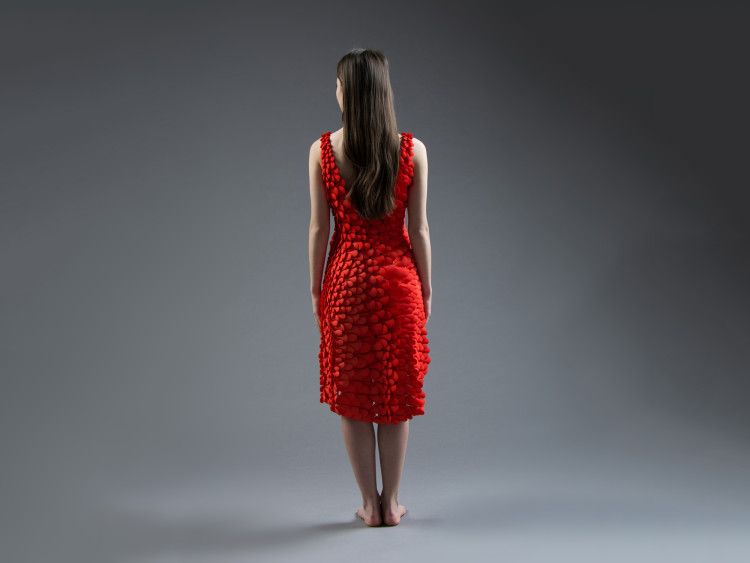 You'll learn everything you need to know about getting started with Beatrice, from body scanning to what it's like to work with our 3D scan dress forms. This series is great for new clients but also for anyone who's just curious about what our process is like.
You'll learn everything you need to know about getting started with Beatrice, from body scanning to what it's like to work with our 3D scan dress forms. This series is great for new clients but also for anyone who's just curious about what our process is like.
That's it! Thank you so much for considering Beatrice Forms for your sewing practice.
As always, we are available if you have any other questions.
I’M READY TO PURCHASE!
3D-printed clothes: why haven't manufacturers made them mass-produced yet?
ThreeASFOUR showcased their 3D printed clothing collection for the first time at a fashion show at the Jewish Museum in New York. The dresses on the models were patterned and looked ephemeral, like the robes of robotic angels. One was woven from white, angular bubbles, which gave the impression that the girl had just taken a bubble bath.
But the girl who showed this dress to the world could not sit down, otherwise the dress would have broken.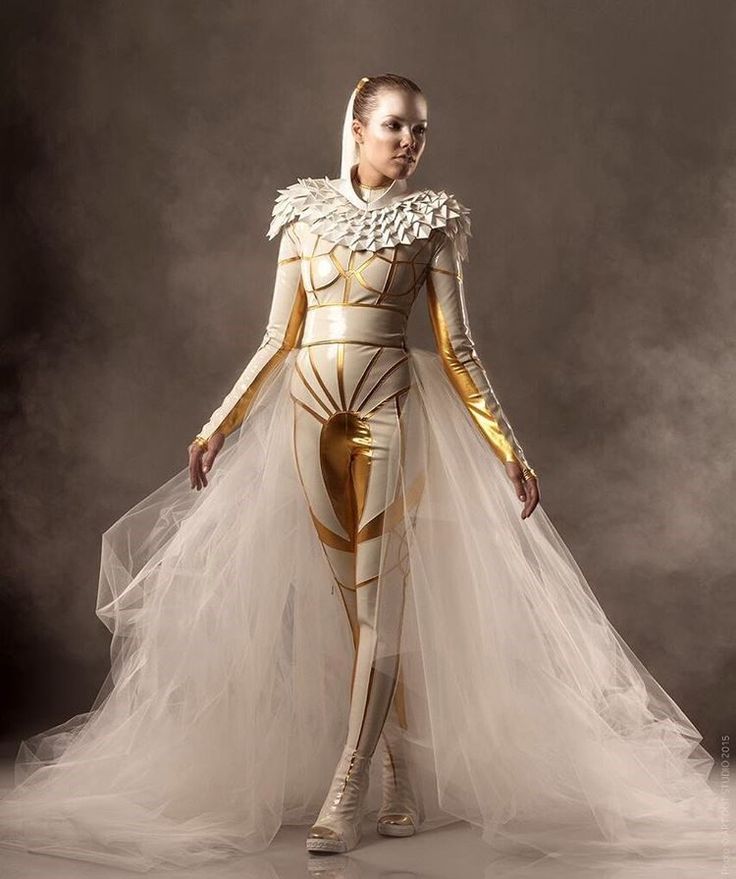 “The model wearing the dress was very unhappy,” said Bradley Rothenberg, a 3D architect who collaborates with threeASFOUR founders Gabi Asfor, Angela Donhauser and Adi Gil.
“The model wearing the dress was very unhappy,” said Bradley Rothenberg, a 3D architect who collaborates with threeASFOUR founders Gabi Asfor, Angela Donhauser and Adi Gil.
ThreeASFOUR dress at the fashion show at the Jewish Museum.
It happened in 2013, when threeASFOUR began to realize that in order to achieve the goal, they would have to take a step back. They did not even think that they would create such an impractical piece of clothing. On the contrary, they wanted to create an outfit worthy of a superhero. They dreamed that the fabric they printed would become invulnerable to bullets and fire, retain heat and protect the wearer from stress. They dreamed that people would start buying their clothes as soon as they hit stores.
But time has passed. With the Silicon Valley elite building personal bunkers, refugees pouring across the border into Canada, and Margaret Atwood back in vogue, threeASFOUR's vision is as close to reality as an apocalyptic dystopia.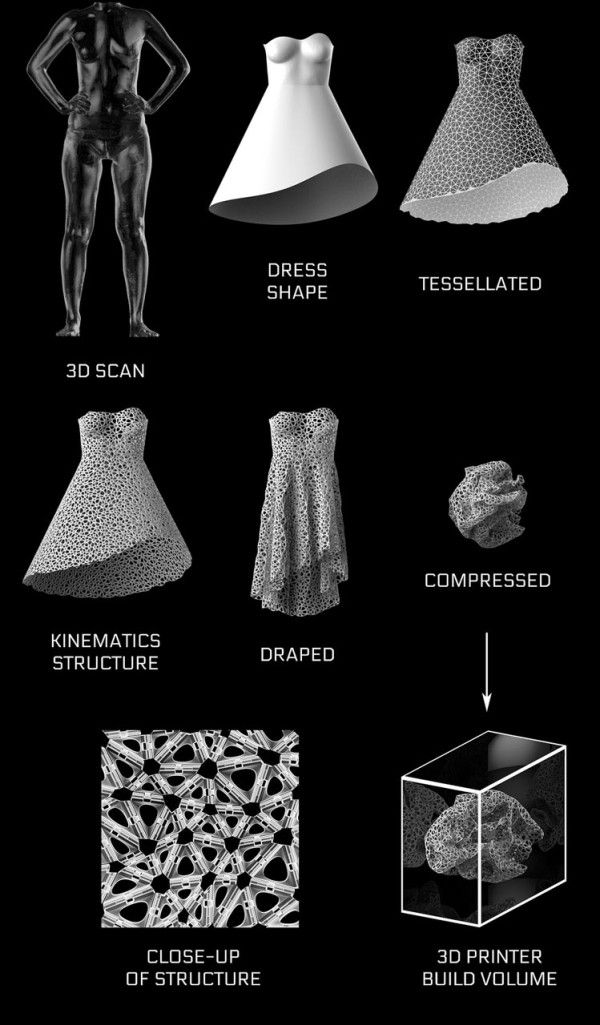 But if everyone has access to the stocks left on Doomsday, becoming a superhero is still unrealistic.
But if everyone has access to the stocks left on Doomsday, becoming a superhero is still unrealistic.
And the reason is quite simple. Thanks to thousands of years of experience, tailored clothes are more practical and comfortable than those printed by a 3D printer. But that doesn't seem to be stopping threeASFOUR and other designers.
“In the fashion world, you can control the patterns and structure of a dress to get the look you want,” Rothenberg says. “The problem is that right now it’s just a possibility. So I think Gaby Asfor is the most interesting person in the industry. We need people who will push the boundaries, striving to show the new.”
The vision of Gabi Asfor is evident in his work. He became interested in 3D printing in 2009 and has been experimenting with the internal structure of fabrics ever since.
Traditional fabric has two dimensions: the threads are arranged horizontally, vertically and diagonally in a certain way to create a weave.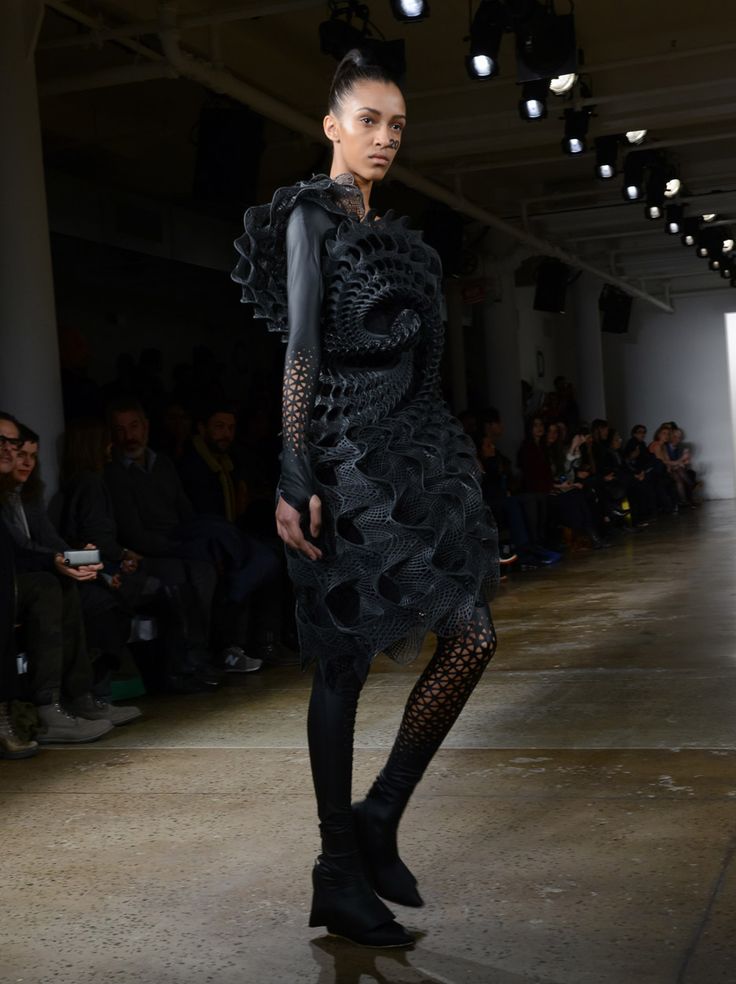 Asfor, who has a degree in mechanical engineering and architecture from the University of Maryland, worked with Donhauser and Gil to come up with a three-dimensional weave that was planned to be laser-cut. The desire to give fabric a third dimension led them to 3D printing.
Asfor, who has a degree in mechanical engineering and architecture from the University of Maryland, worked with Donhauser and Gil to come up with a three-dimensional weave that was planned to be laser-cut. The desire to give fabric a third dimension led them to 3D printing.
“The most innovative recent invention in the industry is the four-way stretch fabric,” says Asfor. “But ordinary fabric can only stretch in the X and Y planes. 3D printing will allow the material to stretch in the Z plane as well.” He believes that such a fabric will be better breathable, less restrict movement, and will not have folds.
ThreeASFOUR was interested in 3D printing, which led them to collaborate with Materialise, a 3D printed model company, and Rothenberg, who came up with 3D printed wings for the 2013 Victoria's Secret fashion show.
“When we first started, Gabi kept asking, “Can you print fabric? What material will be needed for this?” Rotenberg says. It turned out that this would not be easy.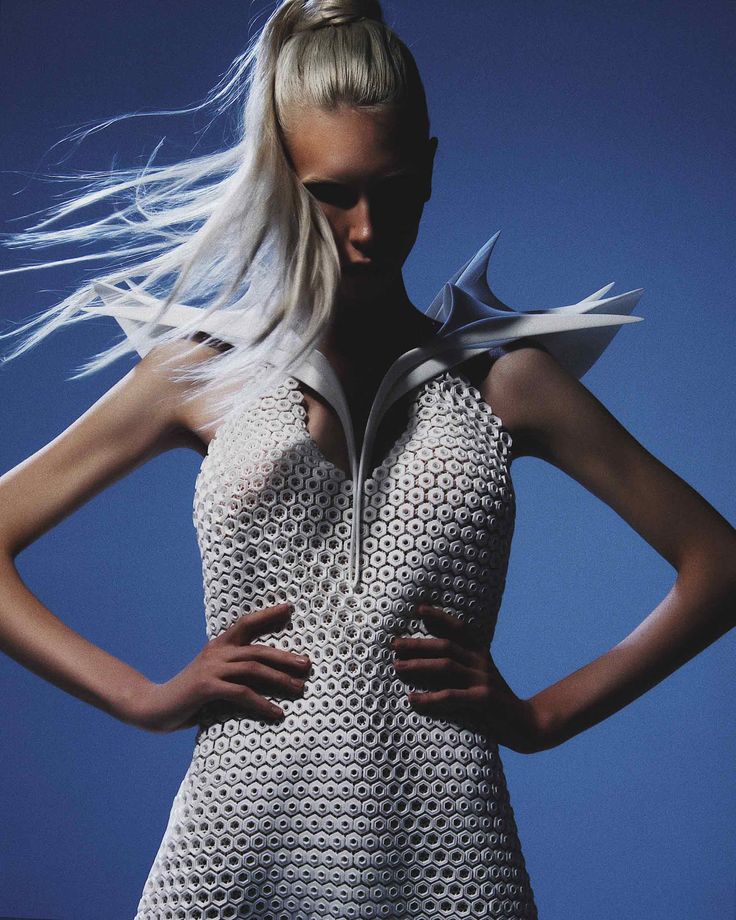
Pangolin dress from the Biomimicry collection. Source: Backchannel
The main problem is that the materials used for 3D printing are stiffer than regular fabric. ThreeASFOUR experimented with the structures of various materials, trying to add elasticity to them, but any printed model came out very fragile.
But new materials have arrived, and ThreeASFOUR has teamed up with Stratasys and Travis Fitch to design dresses like Pangolin for their new fall 2016 collection, which they call Biomimicry. It took 500 hours to print (not including assembly) Pangolin! The dress, named after a scaly mammal, was reminiscent of dark armor (Björk appeared in it during a tour in Australia last year). To create the "scales", the designers used an algorithm that simulates cell division, thus obtaining an intertwining pattern.
On the ground floor of the ThreeASFOUR studio, there are employees who work with the most ordinary sewing machines. The dress itself is located on the next floor. Up close, the Pangolin bib, detached from the other parts of the dress, is somewhat reminiscent of a bicycle tire that has been cut to look like fish scales (it even wiggles like a fish tail). Such a deflection was not possible a few years earlier.
Up close, the Pangolin bib, detached from the other parts of the dress, is somewhat reminiscent of a bicycle tire that has been cut to look like fish scales (it even wiggles like a fish tail). Such a deflection was not possible a few years earlier.
Asphor hands me a piece of another dress, a Harmonograph modeled after a sound wave. It was made from a rubber mesh that can expand and contract like a pillow-top mattress. The bottom of the dress shrinks when a person sits down and returns to shape when they stand up.
Harmonograph dress by ThreeASFOUR. Source: Instagram
With this flexibility, 3D wearers can now sit comfortably, although comfort is far from ideal. “Matter resembles artificial skin. It is not very pleasant to the touch and, in addition, sticks to the skin, ”says Rotenberg.
The idea of making printed clothes gained popularity at the beginning of the 21st century, but developed rather slowly.
Few people know this better than Aaron Rowley, founder of Electroloom, a 3D printed clothing startup.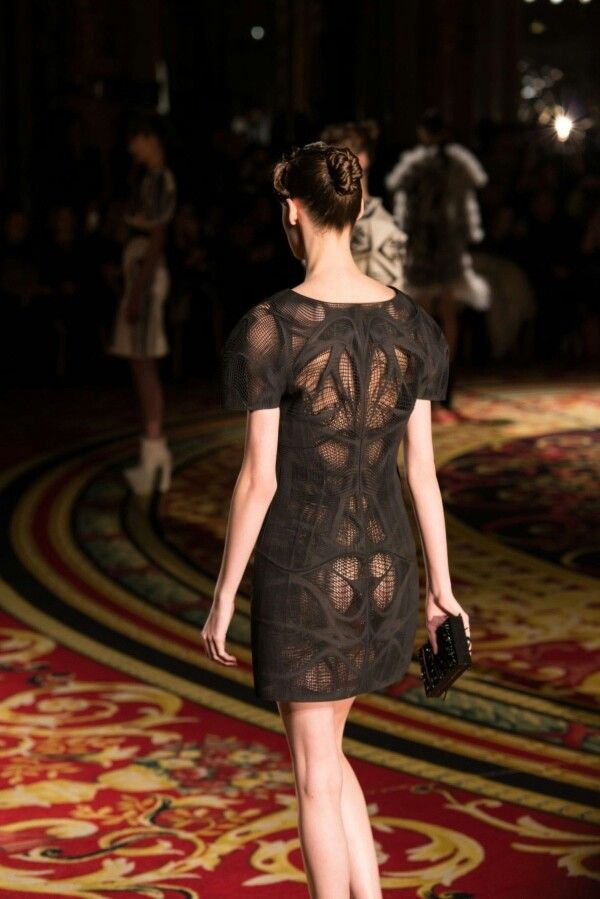 At first, many well-known brands were interested in his work, but gradually, one by one, they left. “There was an idea that people could print tools at home,” says Rowley, referring to the days when there was a lot of hype around 3D printing. It was believed that clothes could also be printed, since wardrobe items are used every day and need to be updated regularly.
At first, many well-known brands were interested in his work, but gradually, one by one, they left. “There was an idea that people could print tools at home,” says Rowley, referring to the days when there was a lot of hype around 3D printing. It was believed that clothes could also be printed, since wardrobe items are used every day and need to be updated regularly.
But progress has not gone far. “The process of creating fabric is fundamentally different [from 3D printing],” says Rowley.
“Textiles are an advanced technology,” says Scott Hudson, a researcher at Carnegie Mellon University who has worked with Disney on soft print materials. Calling the textile industry a technology, he was not exaggerating: some experts believe that the loom is an early version of the computer. In the middle of the 18th century, Joseph Marie Jacquard figured out how to save a fabric pattern on a punched card, which made it possible to set the machine to work and automate the process.
3D printing technology is not that polished yet.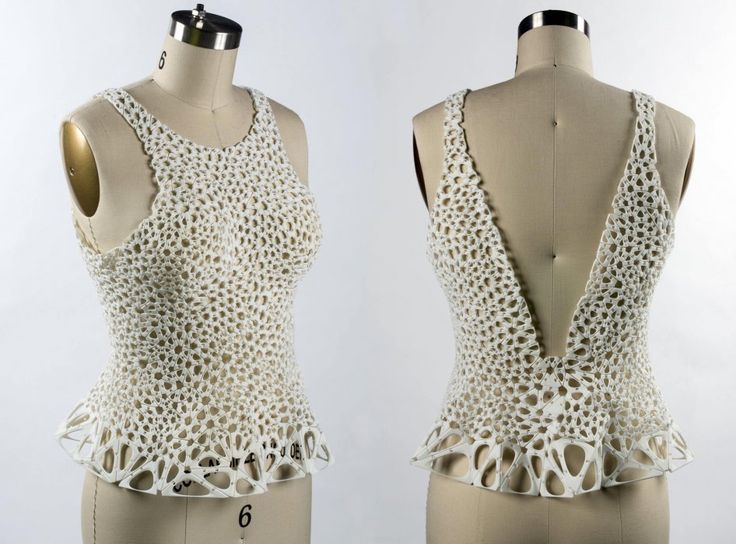 “You have to find a compromise between stiffness and strength,” says Hudson. 3D printers create an object by layering, and this process is very different from how fibers are turned into fabric.
“You have to find a compromise between stiffness and strength,” says Hudson. 3D printers create an object by layering, and this process is very different from how fibers are turned into fabric.
Rowley took fabric raw materials and created blends that resemble existing fabrics. However, the 3D printer has created something that looks like a "chaotic web". It took a long time before they got a soft, stretchy, foldable and lightweight material that at first glance resembled fabric. But even the final version was not suitable: the material was torn as soon as it was pulled harder.
“Fibers that are physically connected, as in the case of 3D printing, remain stationary, while woven fibers move smoothly relative to each other,” Rowley explained. Electroloom shut down last October.
Until the material issue is resolved, the printed garment will look more like a work of art than a piece of clothing. A year ago, threeASFOUR dresses were featured at the Met Gala-sponsored Costume Institute show. The Manus x Machina show in 2016 also emphasized the role of technology in the fashion world: stars and celebrities dressed in silver at the show, and Zayn Malik appeared in a suit with robot arms.
The Manus x Machina show in 2016 also emphasized the role of technology in the fashion world: stars and celebrities dressed in silver at the show, and Zayn Malik appeared in a suit with robot arms.
Oscillation Dress by ThreeASFOUR. Source: Instagram
This year, threeASFOUR has introduced another novelty: a white and blue lattice dress, pictured above, it hugs a mannequin in their studio. The dress consists of 30 pieces, which are first printed and then carefully assembled.
“We are looking for new technologies,” says Asfor. “I believe that in the near future we will have a unique opportunity to move in this direction.”
At the same time, the quality of other garments (such as jewelry or sportswear) printed on a 3D printer is much higher. Nike and Adidas use 3D printing to create shoe padding and soles, which are usually made from foam. NASA is developing a project similar to Pangolin - a printed "chain mail" designed to protect astronauts from the impacts in space.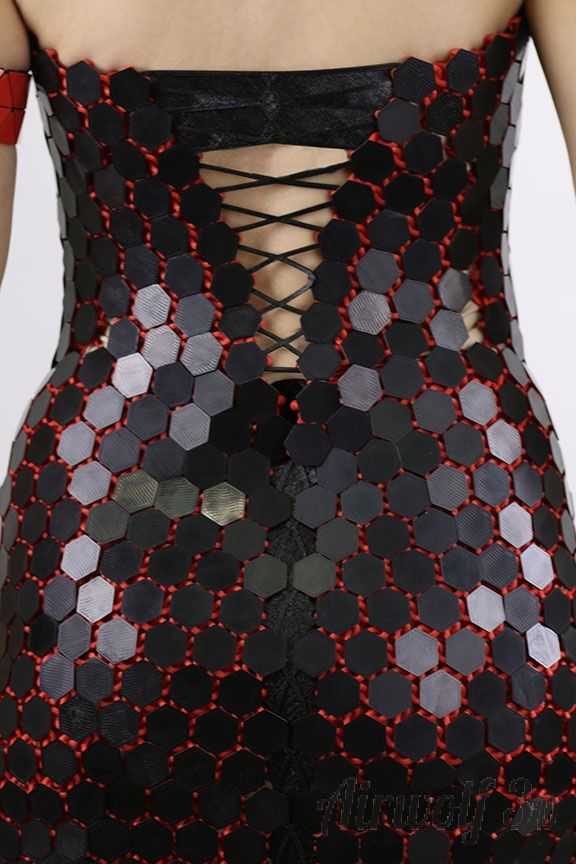
Read also: Adidas launches mass 3D printing of sneakers
Maybe not only astronauts. Although T-shirts and pants are still made in the traditional way, protective armor will soon be printed. It will come in handy in case there is a revolution, aliens attack or you need to flee abroad.
Source.
Related materials:
“Print me food!” – what printing technologies of the 21st century are capable of
Smart home in Russian: how 3D printing helped create a cool gadget
A service for creating models for 3D printing inside virtual reality is launched
Ford is testing 3D printing of car parts
Where to go to learn and work with 3D printing?
Kinematics creates beautiful flowy 3D printed dresses
Since entering the 3D printing market in 2007, design studio Nervous System has been trying to push additive manufacturing across a variety of applications, pursuing aesthetic trends in everything from jewelry to homewares and even fashion design.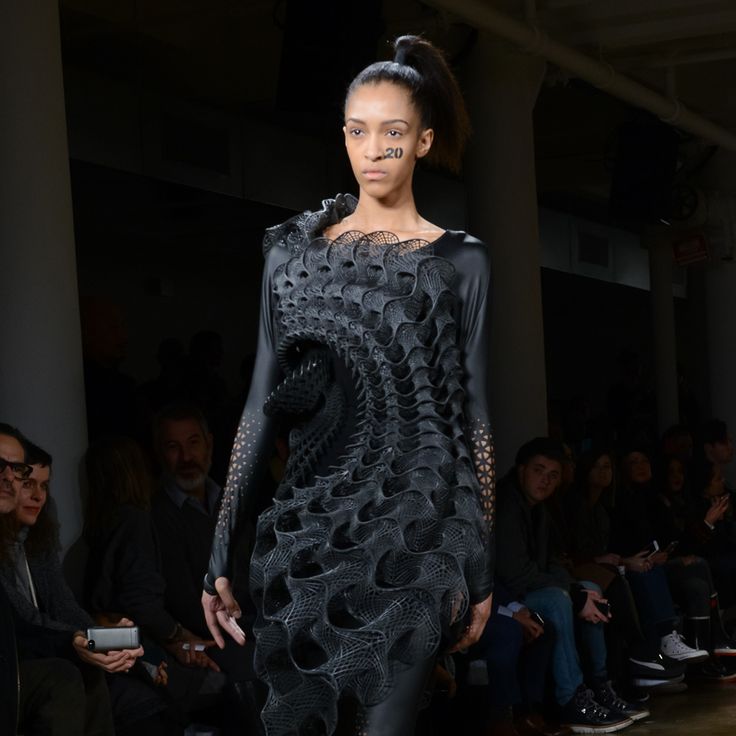
The studio, just a few miles from MIT in Somerville, Massachusetts, was founded by Jessica Rosencrantz and Jesse Louis-Rosenberg. While Jessica focuses mainly on architecture and biology, Jessie is at nearby Harvard working on mathematics. Together they lead a team of seven and share their skills to create the most impressive biological and mathematical 3D printed applications.
Most recently, they teamed up with Shapeways and used their unique Kinematics Cloth 4D printing systems to create 3D printed dresses that the Museum of Modern Art (MoMA) in New York purchased for inclusion in their permanent collection.
The Kinematics system, which uses algorithms to generate complex shapes, allowed the Nervous team to create a 3D printed dress, while the materials needed for a finished plastic product that flows like fabric were reasonably kept to a minimum.
To make sure the dress was comfortable, Rosencrantz wore various 3D printed items for weeks, trying to figure out the discomfort that 3D printed items could bring. Once the ironing problem was solved, Rosencrantz approached the design of the dress like a real dressmaker... but instead of fabric, she used 3D printed components, and instead of a mannequin, she used a digital 3D scan of the body.
Once the ironing problem was solved, Rosencrantz approached the design of the dress like a real dressmaker... but instead of fabric, she used 3D printed components, and instead of a mannequin, she used a digital 3D scan of the body.
After deciding on the final design direction, the next challenge was to work with Shapeways to determine how best to work with the natural properties of 3D prints in general, as well as the best way to print the entire dress in one sheet.
With some software tweaks, Nervous was able to control the graininess of the printouts as well as the curls during the actual printing process. Ultimately, it was decided that the only optimal option was to print the dress in a neat folded position - similar to how you fold an item when you put it in storage.
After two days of continuous printing by one of Shapeways Selective Laser Sintering (SLS) printers, the complete and neatly folded dress was free of any powder residue and was ready to be worn or dyed (in this case black) directly from printer.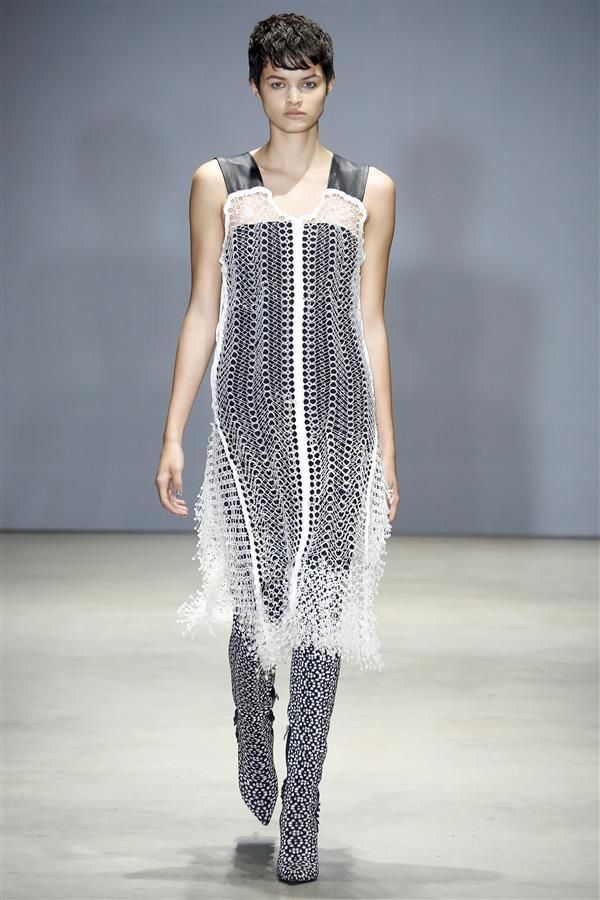
"Our bodies are three-dimensional, but clothes are traditionally made from flat material that is cut and painstakingly assembled," the duo noted in a recent blog post. absolutely no assembly required. We use a smart folding strategy to compress Kinematics garments for efficient production. By folding garments, we can create complex structures larger than a 3D printer that automatically take on their straight shapes."
The finished dress consists of 2,279 unique triangular panels, which are connected to each other with 3,316 loops. The entire canvas is 3D printed with a single nylon print at the Shapeways manufacturing facility in New York.
While this dress has received a lot of attention, this is not the first effective use of the Nervous Kinematics Modeling System.
In November 2013, the team released the original Kinematics general modeling tool as a platform, allowing people with access to a 3D printer to create their own jewelry collections.